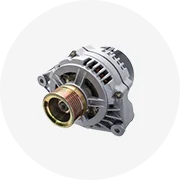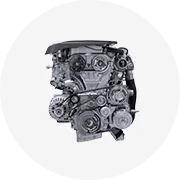Types of Intake Flexible Pipes
There are several types of intake flexible pipes, each tailored for specific purposes and applications:
- Silicone Hose: Made from silicone rubber, these hoses are known for their heat resistance, durability, and flexibility. They are commonly employed in automotive applications like coolant and vacuum systems, where they must withstand high temperatures and pressures. Available in various shapes such as straight hoses, elbows, and reducers, silicone hoses can be customized to fit different routing needs within the intake system.
- Turbo Intake Pipe: Utilized in forced induction systems, turbo intake pipes efficiently channel air from the air filter to the turbocharger. This optimizes airflow, enhancing engine performance. Aftermarket versions often use aluminum or stainless steel to ensure strength and heat resistance, providing upgrades that can improve horsepower and torque.
- Cold Air Intake Pipe: A component of cold air intake systems, these pipes aim to draw cooler air into the engine by relocating the air filter away from heat sources. Cooler air increases engine efficiency and power output. Typically made from metal or high-quality plastic, these pipes resist the heat and stress found in engine bays.
- Intake Manifold: As a critical part of the engine's air intake system, the intake manifold distributes incoming air to individual cylinders for combustion. Its design impacts engine performance, throttle response, and torque characteristics. Engineered for even air distribution and minimal airflow resistance, intake manifolds optimize engine efficiency and power output.
- Intercooler Piping: In forced induction systems, intercooler piping transports air between the turbocharger, intercooler, and intake manifold. Cooling the intake air increases its density, improving combustion efficiency. Usually constructed from aluminum or stainless steel, these pipes are designed for strength and heat resistance, with size and layout affecting overall system performance.































































